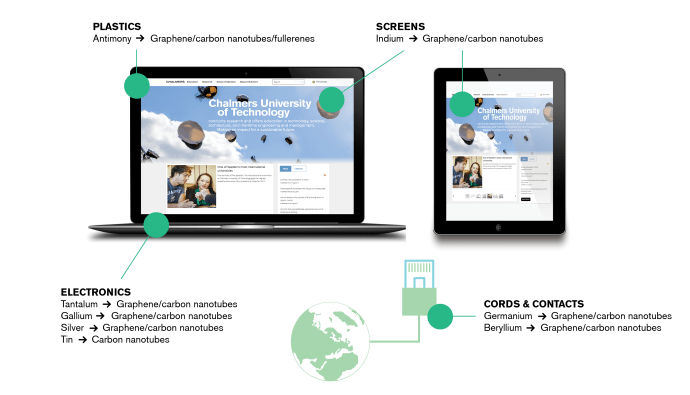Femtosecond-fieldoscopy accesses molecules fingerprints at near-infrared spectral range
"This research...has potential applications across various fields, including chemistry and biology, where precise molecular detection is essential"
In a breakthrough that could revolutionise biomarker detection, researchers at the Max Planck Institute for the Science of Light have developed a novel technique called ‘femtosecond-fieldoscopy’. This method enables the precise measurement of minute liquid quantities, down to the micromolar level, with unmatched sensitivity in the near-infrared region. It opens up new possibilities for label-free bio-imaging and the detection of target molecules in aqueous environments, paving the way for advanced biomedical applications.
Ultrashort laser pulses can make molecules vibrate impulsively, similarly to how a quick tap can make a bell ring. When the molecules are excited by these short light pulses, they produce a signal, called ‘free-induction decay’ (FID), which carries important information about the molecules. This signal lasts for only a very brief moment (up to one trillions of a second) and provides a clear ‘fingerprint’ of the molecule's vibration. In femtosecond fieldsocpy by using an ultrashort laser pulse the molecule's signal is separated from the laser pulse itself, making it easier to detect the vibrational response in a background-free manner. This allows scientists to identify specific molecules with high precision, opening up new possibilities for detecting biological markers in a clean, interference-free way. As a proof of principle, the researchers successfully demonstrated for the first time the ability to measure weak combination bands in water and ethanol at concentrations as low as 4.13 micromoles.
At the heart of this technique is the creation of high power ultrashort light pulses, achieved using photonic crystal fibers filled with gas. These pulses, compressed to nearly a single cycle of a light wave, are combined with phase-stable near-infrared pulses for detection. A field detection method, electro-optic sampling, can measure these ultrafast pulses with near-petahertz detection bandwidth, capturing fields with 400 attoseconds temporal resolution. This extraordinary time resolution enables scientists to observe molecular interactions with incredible precision.
“Our findings significantly enhance the analytical capabilities for liquid samples analysis, providing higher sensitivity and a broader dynamic range,” said Anchit Srivastava, PhD student at the Max Planck Institute for the Science of Light. “Importantly, our technique allows us to filter out signals from both liquid and gas phases, leading to more accurate measurements.”
Hanieh Fattahi explains: “By simultaneously measuring both phase and intensity information, we open new possibilities for high-resolution biological spectro-microscopy. This research not only pushes the boundary of field-resolved metrology but also deepens our understanding of ultrafast phenomena and has potential applications across various fields, including chemistry and biology, where precise molecular detection is essential.”
Original publication
Most read news
Original publication
Anchit Srivastava, Andreas Herbst, Mahdi M. Bidhendi, Max Kieker, Francesco Tani, Hanieh Fattahi; "Near-petahertz fieldoscopy of liquid"; Nature Photonics, 2024-10-21
Organizations
Other news from the department science

Get the chemical industry in your inbox
By submitting this form you agree that LUMITOS AG will send you the newsletter(s) selected above by email. Your data will not be passed on to third parties. Your data will be stored and processed in accordance with our data protection regulations. LUMITOS may contact you by email for the purpose of advertising or market and opinion surveys. You can revoke your consent at any time without giving reasons to LUMITOS AG, Ernst-Augustin-Str. 2, 12489 Berlin, Germany or by e-mail at revoke@lumitos.com with effect for the future. In addition, each email contains a link to unsubscribe from the corresponding newsletter.





























































